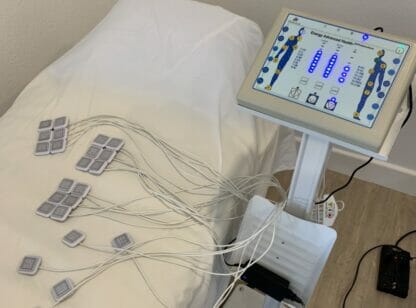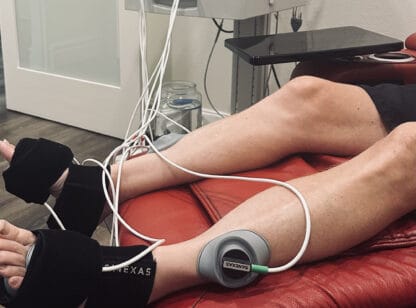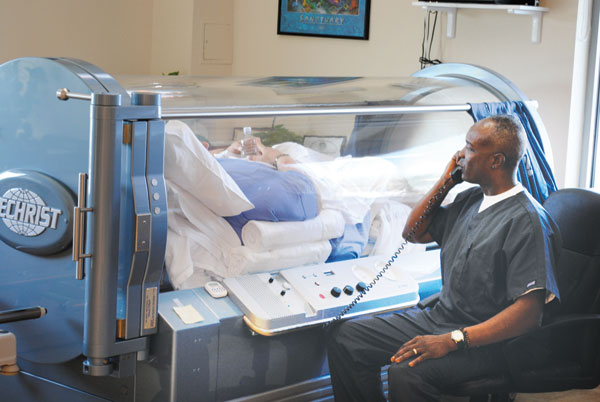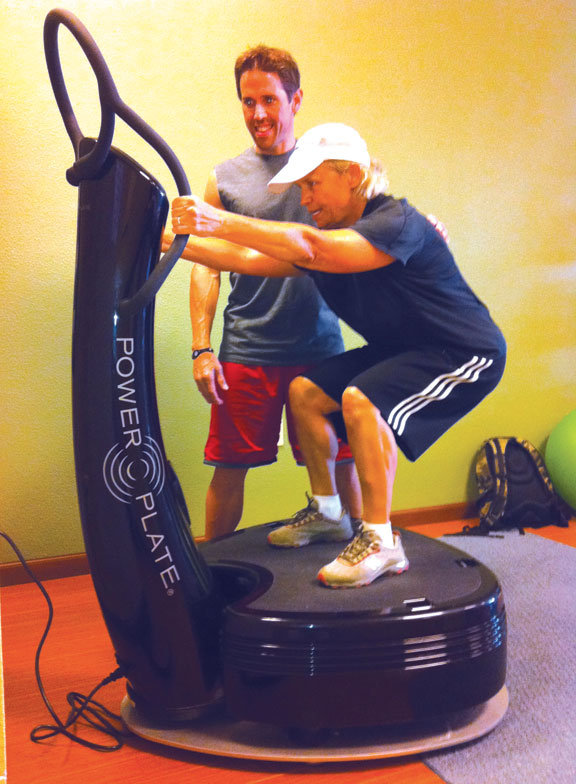Unlike bodywork practices such as massage, chiropractic or Rolfing, craniosacral therapy (CST) applies very gentle pressure to effect change on the system. The pressure used is similar to the weight of a penny or a feather on the back of your hand. Patients who have not experienced craniosacral sessions often wonder how CST can effect local and systemic change with such a light touch on the body. Part of the answer lies in the mechanics of the fascial system of the body.
Most people know that fascia runs through our muscles in a web-like structure and that tension in the fascia can cause muscle tightness. What is less commonly discussed is that fascia actually runs throughout our entire body as a systemic structure continuous with muscle, tendons, ligaments, bones and organs. Zooming in to the microscopic level, it has been shown that the fascia is actually linked to structures inside our cells via connection to the cytoskeleton which is responsible for holding cell components in place and allowing for intracellular communication and nutrient disbursement.
This complex structure is responsible for a lot more than just holding our muscles and organs in place. Rather than a single strand of webbing, fascia is actually a double layer membrane system with fluid in between. This arrangement creates incredible strength while allowing adjacent structures to glide freely. The system serves as a pump and distributes fluid and nutrients throughout the body. It is also a living record of the influences that have been exerted on it, which touches on why tension associated with emotional responses can create holding patterns in the body.
Chronic imbalance in the system can be caused from muscle tension, emotional holding patterns, physical injury and infections. These disturbances cause restrictions to the fascia and disrupt its integral systemic communication network. To the patient, these restrictions can present as pain, disease and disorder in the body.
So, where does craniosacral therapy come in? As a therapy located somewhere in between mechanical body work (i.e. massage) and energy work (i.e. reiki), a CST practitioner can utilize the systemic communication network of the fascial system to identify restrictions. By listening to the fascial system and bringing awareness to restrictions, a CST practitioner works to make the patient’s own body aware of disconnect. As awareness is spotlighted, the body can unwind and release on its own terms. In this way, CST is one of the most gentle and safe bodywork practices available.
Removing restrictions in the fascia can restore flow to the nervous, cardiovascular and lymphatic systems and results in a diverse range of positive effects on body physiology. Patients can expect to feel relaxed after a session as stress and anxiety melt away.
Dr. Delaney Quick is a primary care naturopathic doctor at Live Well Clinic in La Quinta which offers B vitamin injections, IV nutrients and functional lab testing for a personalized health plan. For more information, call (760) 771.5970 or visit www.livewellclinic.org.















































Comments (0)